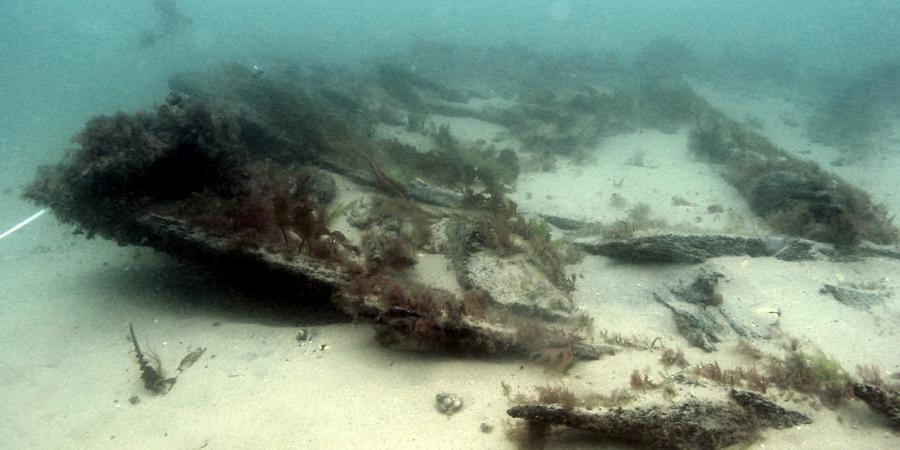Early Ships and Boats is a strategic desk-based assessment commissioned by English Heritage (now Historic England) and funded through the National Heritage Protection Commission Programme (NHPCP).
The project contributes to the overall national programme of planned designation being carried out by English Heritage through the National Heritage Protection Plan (NHPP).

At present, very few boats and ships are offered statutory protection in England in comparison to the large numbers of known and dated wrecks and even greater numbers of recorded losses of boats and ships in English waters. One way of expanding this designation base is to take a thematic approach. The theme of early ships and boats, from Prehistory to 1840, was recommended because of the special technological, historical and human interest of these early vessels. The theme incorporated the following periods:

- Early Prehistoric (500,000 – 4000 BC)
- Late Prehistoric (4000 – 54 BC)
- Roman (54 BC – AD 410)
- Post-Roman to Norman Conquest (410 AD – 1066)
- Medieval and Early Tudor (1066 – 1540)
- Mid to Late Tudor (1540 – 1603)
- Stuart (1603 – 1714)
- Hanoverian (1714 – 1837)
A selection guide explaining the approach of English heritage to the designation of ships and boats can be downloaded from the English Heritage website.
Methodology
Early Ships and Boats comprises a desk-based assessment of known and located pre-1840 maritime sites within England, across all environmental boundaries, including both archaeological examples and extant historic vessels, but excluding those beyond the 12nm limit of English territorial waters.
The aim was to produce a dataset from easily accessible primary, secondary and web resources that would be as comprehensive as possible, allowing for the limitations of the available data. From this dataset individual sites would be selected that warrant further investigation with regard to the NHPP programme of planned designation.


Acquired data was audited and entered into a Microsoft Access database designed for the project to facilitate the assessment and characterisation of data and to allow data queries to be carried out. The database was linked to ESRI ArcGIS to map the sites across England.
Results
The final Early Ships and Boats database comprises 384 records of pre-1840 vessels including:
- 47 designated wrecks
- 133 records of undesignated wrecks
- 6 boat burials
- 28 historic vessels
- 132 log boats
- 38 findspots of craft or timbers
The database includes vessels from each of the defined periods, although confirmed, scientifically dated boats from the early Prehistoric period were found to be lacking. The number of records with a date range that falls within these periods is as follows:
- (possibly) Early Prehistoric 19
- Late Prehistoric 97
- Roman 34
- Post-Roman to Norman Conquest 40
- Medieval and Early Tudor 51
- Mid to Late Tudor 34
- Stuart 68
- Hanoverian 145
Following assessment, 88 of these have been identified as candidates for selective investigation with regard to the following parameters:
- the site has not already been designated or scheduled
- the site has not already been assessed for designation or scheduling and been rejected as a suitable candidate
- the site is not subject to guardianship and/or regular monitoring such as those wrecks adopted through the Nautical Archaeology Adopt a Wreck scheme.
- material remains are known to survive in an archaeological context (i.e. excavated ships, boats or artefacts)
- material remains are known, or are expected, to survive to a level that warrants designation

The 88 records are dated as follows:
- Late Prehistoric 1
- Roman 2
- Post Roman to Late Tudor 1
- Medieval and Early Tudor 1
- Medieval to Late Tudor 2
- Medieval to Hanoverian 4
- Mid Tudor to Stuart 1
- Mid Tudor to Hanoverian 3
- Stuart 8
- Stuart to Hanoverian 6
- Hanoverian 59

The first of these 88 wrecks have been selected by English Heritage for further investigation in 2013. Work will be carried out by Wessex Archaeology on behalf of English Heritage as part of the contract for the provision of services in relation to marine designation for 2013-15.
Read the full report below.
